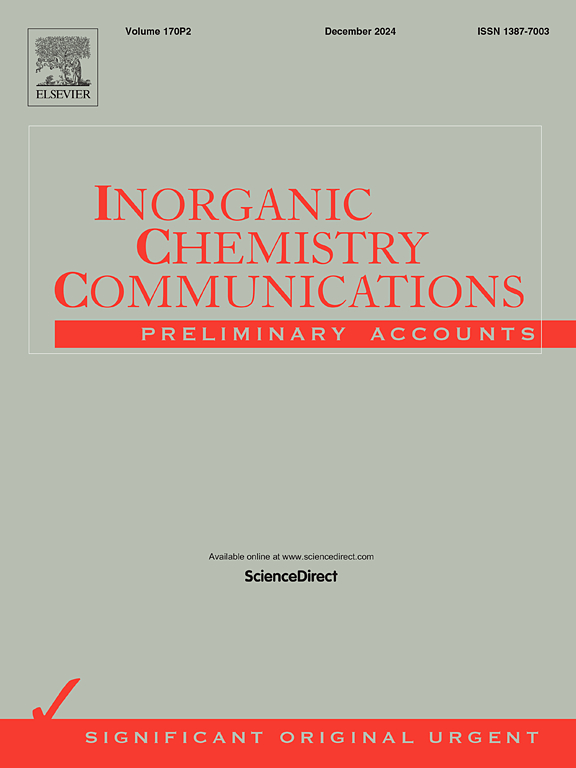Enhanced efficiency of the electrode by doping of neodymium on SmFeO3 for the application of supercapacitor
IF 4.4
3区 化学
Q1 CHEMISTRY, INORGANIC & NUCLEAR
引用次数: 0
Abstract
In response to growing demand for the renewable energy generating and storage systems, scientists are trying to synthesized electrode material with exceptional performance. Their primary objective was to develop portable intelligent technology gadgets that could guarantee global energy security. In the reported article, the SmFeO3 with Nd-doped material was manufactured by cost-effective hydrothermal method for the application of a supercapacitor. The results demonstrate that the existence of larger surface area improves electrical conduction and improves the electrons and ions pathway, resulting in a rapid charge storage device and greatly enhancing the electrical performance. The pristine SmFeO3 electrode achieved capacitance of 746.3 F g−1, and the Nd-doped SmFeO3 electrode achieved a heightened capacitance of 1455.9 F g−1 at 1 A g−1. Further, the pristine SmFeO3 electrode demonstrated low cyclic retention after the 5000th charging/discharging cycles, while the Nd-doped SmFeO3 electrode demonstrated significant cyclic retention. In addition, the material fabricated attained a significant capacitance of 923.9 F g−1 at 10 mV s−1 during cyclic voltammetry measurements. The exceptional performance of dopant materials suggests their promising conductivity and quick electron/ion transport factors in its exceptional performance made it an excellent electrode for energy storage devices as well as suitability for future-generation energy conversion by surpassing the reliance on perovskite-type structural materials.

求助全文
约1分钟内获得全文
求助全文
来源期刊

Inorganic Chemistry Communications
化学-无机化学与核化学
CiteScore
5.50
自引率
7.90%
发文量
1013
审稿时长
53 days
期刊介绍:
Launched in January 1998, Inorganic Chemistry Communications is an international journal dedicated to the rapid publication of short communications in the major areas of inorganic, organometallic and supramolecular chemistry. Topics include synthetic and reaction chemistry, kinetics and mechanisms of reactions, bioinorganic chemistry, photochemistry and the use of metal and organometallic compounds in stoichiometric and catalytic synthesis or organic compounds.
 求助内容:
求助内容: 应助结果提醒方式:
应助结果提醒方式:


